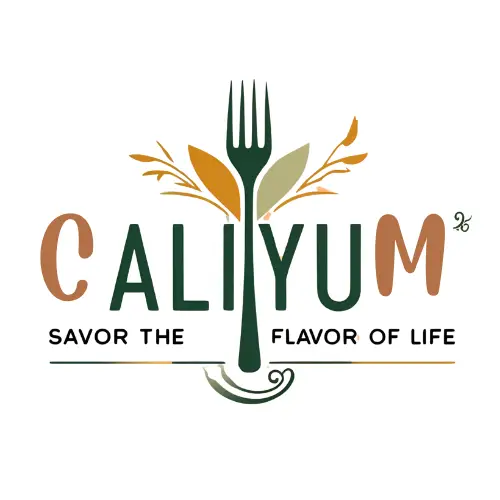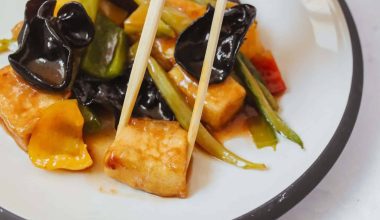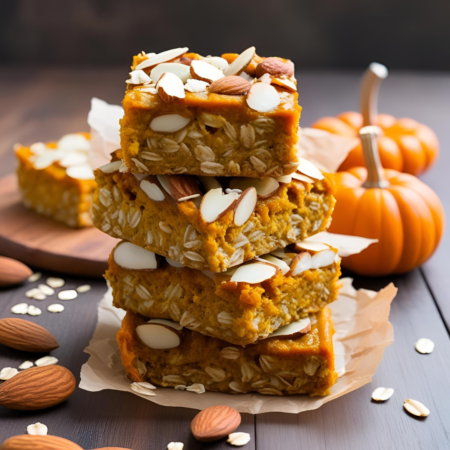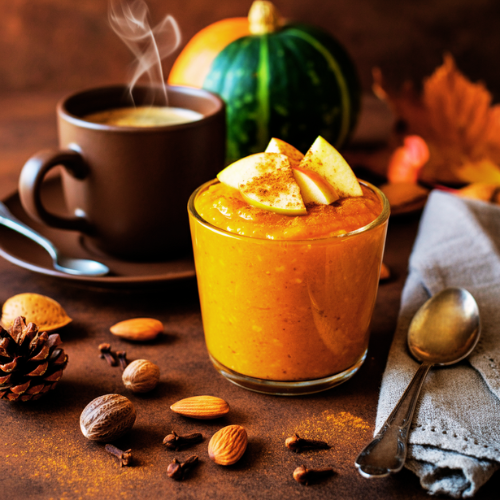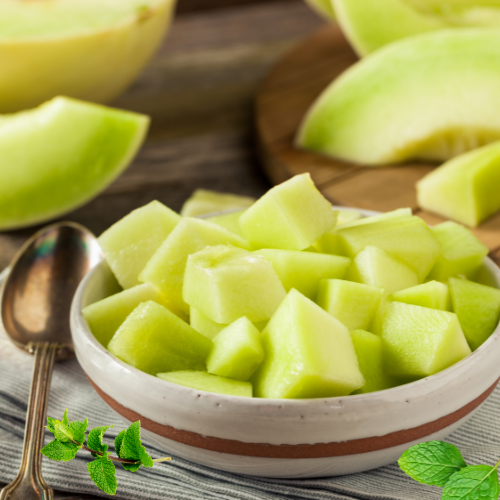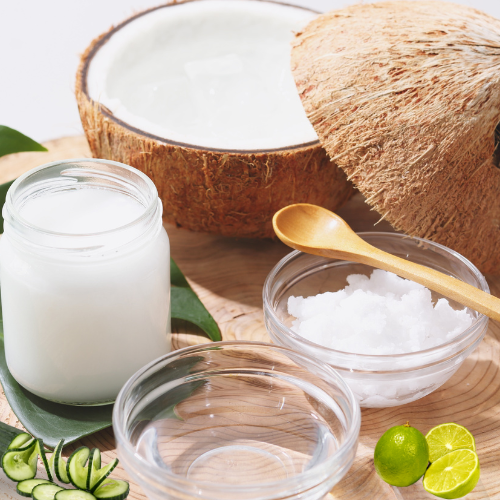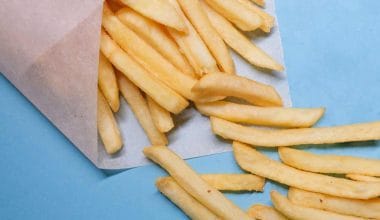Fluffy on the inside, crisp on the outside, and full of classic gingerbread richness. These waffles are the perfect way to start your day with festive cheer
Why You’ll Love These Gluten-Free Gingerbread Waffles
These waffles aren’t your average breakfast fare. They bring together the flavors of gingerbread, the convenience of quick meals, and the benefits of a gluten-free healthy breakfast. Here’s why they’ll become a staple in your kitchen:
- Customizable: Serve it sweet or savory, load it up with fruits or yogurt, or give it a drizzle of maple syrup for added indulgence.
- Gluten-Free: Made with nutrient-rich, gluten-free flour options like almond or oat flour, these waffles are perfect for anyone with gluten sensitivities or preferences.
- Warm Spices: With cinnamon, ginger, nutmeg, and cloves, the waffles deliver a cozy and aromatic flavor reminiscent of freshly baked gingerbread cookies.
- Simple Ingredients: No obscure or hard-to-find items here! This recipe uses everyday pantry staples.
- Quick and Easy: The batter comes together in minutes, making it ideal for busy mornings or even as a quick snack.
Ingredients for Gluten-Free Gingerbread Waffles
- 1½ cups gluten-free flour all-purpose flour (ensure it contains xanthan gum or similar binding agent)
- 1 teaspoon baking powder
- ½ teaspoon baking soda
- 1 tablespoon ground ginger
- 1 teaspoon ground cinnamon
- ¼ teaspoon ground nutmeg
- ¼ teaspoon ground cloves
- 2 tablespoons brown sugar or coconut sugar for a healthier touch
- 2 large eggs
- ¾ cup unsweetened almond milk (or any milk alternative)
- 3 tablespoons unsalted butter, melted (or coconut oil for dairy-free)
- 2 tablespoons molasses for that signature festive gingerbread flavor
- 1 teaspoon vanilla extract
- Optional fruits and toppings for serving, such as mixed berries, banana slices, pecans or a dollop of Greek yogurt.
Instructions
Step 1: Mix Your Dry Ingredients
Start by whisking together the gluten-free flour, baking powder, baking soda, and spices (ginger, cinnamon, nutmeg, and cloves) in a large mixing bowl. This ensures the spices are evenly distributed throughout the batter.
Step 2: Combine Wet Ingredients
In a separate bowl, whisk the eggs, almond milk, melted butter, molasses, vanilla extract, and sugar until smooth. The molasses here is key for giving the waffles that rich gingerbread flavor we all love.
Step 3: Make the Batter
Pour the wet ingredients into the dry ingredients and gently mix until combined. Be careful not to over-mix; a few lumps are fine! The batter should be slightly thick, ensuring perfectly fluffy waffles.
Step 4: Heat Your Waffle Maker
Preheat your waffle iron according to the manufacturer’s instructions. Brush lightly with oil or spray a non-stick cooking spray.
Step 5: Cook the Waffles
Pour the batter into the waffle maker and cook until crisp and golden brown on the outside. Depending on your waffle iron, this should take about 3–5 minutes per batch.
Step 6: Top It Your Way
Serve immediately with your favorite toppings. Need ideas? Try these combos:
- For a Fruity Boost: Top with fresh berries, banana slices, or apple compote.
- Nutty Indulgence: Add a drizzle of almond butter, caramel sauce, Nutella or chopped walnuts.
- Classic Touch: Go for a simple swirl of maple syrup or powdered sugar and a side of whipped cream.
- Healthier Option: A dollop of Greek yogurt and chia seeds adds creaminess and a protein kick.
Why Are Gluten-Free Waffles Perfect for a Healthy Breakfast?
These waffles tick the health and convenience boxes for breakfast (or even brunch) lovers. Here’s why:
- High in Nutrients: Gluten-free flours like almond or oat flour are high in protein, fiber, and healthy fats, keeping you full longer.
- Less Sugar: The natural sweetness from molasses and optional low-sugar swaps makes these waffles breakfast-friendly for all.
- Customizable for Dietary Needs: Dairy-free? Use plant-based milk and coconut oil. Vegan? Swap eggs for flaxseed meals!
- Supports Digestive Health: For those with gluten intolerances, these waffles are easier on the system and reduce instances of bloating or discomfort.
Time-Saving Tips for Busy Mornings
- Double the Recipe: Make a larger batch and freeze extras for quick breakfasts during the week. Reheat in the toaster or oven for that freshly made crispness.
- Mix Ahead of Time: Combine your dry ingredients the night before. This cuts down prep time in the morning.
- Have Toppings Prepped: Wash and chop fruits ahead of time so they’re ready to go as soon as your waffles hit the plate.
Bring the Gingerbread Magic to Your Breakfast Table Today!
This Quick Gluten-Free Gingerbread Waffles are the perfect blend of wholesome goodness and festive flavors. Whether you’re a foodie, a busy parent, or someone exploring gluten-free options, this recipe makes mornings easy, tasty, and satisfying.
Are you ready to give these waffles a try? Gather your ingredients and whip them up this week. Don’t forget to share your creations and leave us a comment below—we’d love to see your breakfast creativity in action!
How to make a Gluten-Free Gingerbread Waffles
Description
The perfect blend of wholesome goodness and festive flavors, for a healthy breakfast, complete with warm spices and easy topping suggestions!
Instructions
Mix Your Dry Ingredients
- Start by whisking together the gluten-free flour, baking powder, baking soda, and spices (ginger, cinnamon, nutmeg, and cloves) in a large mixing bowl. This ensures the spices are evenly distributed throughout the batter.
Combine Wet Ingredients
- In a separate bowl, whisk the eggs, almond milk, melted butter, molasses, vanilla extract, and sugar until smooth. The molasses here is key for giving the waffles that rich gingerbread flavor we all love.
Make the Batter
- Pour the wet ingredients into the dry ingredients and gently mix until combined. Be careful not to over-mix; a few lumps are fine! The batter should be slightly thick, ensuring perfectly fluffy waffles.
Heat Your Waffle Maker
- Preheat your waffle iron according to the manufacturer’s instructions. Brush lightly with oil or spray a non-stick cooking spray.
Cook the Waffles
- Pour the batter into the waffle maker and cook until crisp and golden brown on the outside. Depending on your waffle iron, this should take about 3–5 minutes per batch.
Top It Your Way
- For a Fruity Boost: Top with fresh berries, banana slices, or apple compote.
- Nutty Indulgence: Add a drizzle of almond butter, caramel sauce, Nutella or chopped walnuts.
- Classic Touch: Go for a simple swirl of maple syrup or powdered sugar and a side of whipped cream.
- Healthier Option: A dollop of Greek yogurt and chia seeds adds creaminess and a protein kick.
Notes
- These Quick Gluten-Free Gingerbread Waffles are the perfect blend of wholesome goodness and festive flavors. Whether you’re a foodie, a busy parent, or someone exploring gluten-free options, this recipe makes mornings easy, tasty, and satisfying.
Keywords:gingerbread, waffles, recipe, breakfast, healthy, easy, quick, spices, Gluten Free Waffles, Gingerbread waffles recipes, Gingerbread Breakfast
Servings 2
Serving Size 4
- Amount Per Serving
- % Daily Value *
- Total Fat 10g16%
- Saturated Fat 2.5g13%
- Cholesterol 60mg20%
- Sodium 352mg15%
- Total Carbohydrate 48g16%
- Dietary Fiber 4g16%
- Sugars 12g
- Protein 6g12%
* Percent Daily Values are based on a 2,000 calorie diet. Your daily value may be higher or lower depending on your calorie needs.


